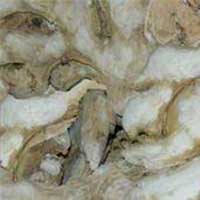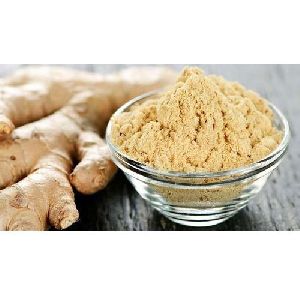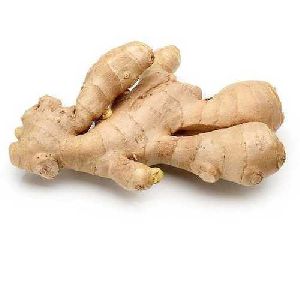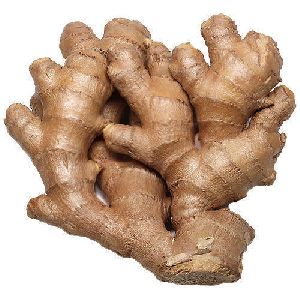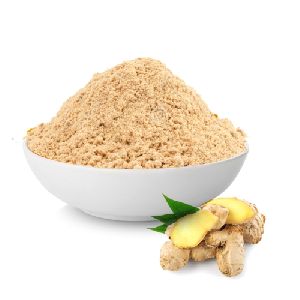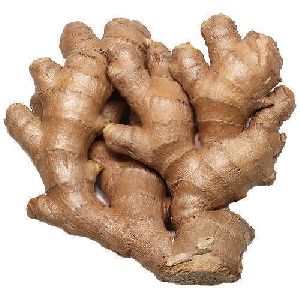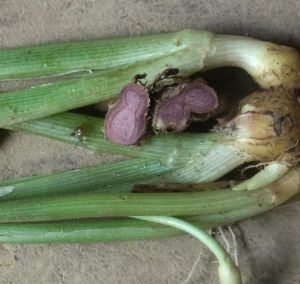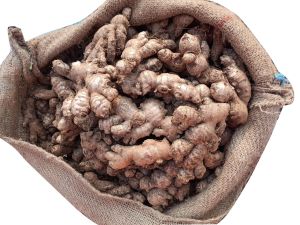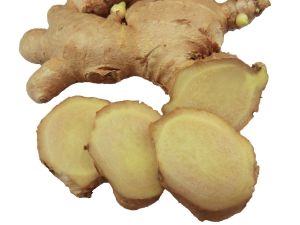Listing ID #3791822
Company Information
Ask for more detail from the seller
Contact SupplierGINGER (Zinngiber Officianale Rosc), is one of the earliest Oriental spices known in Europe, ginger has been cultivated in India both as a fresh vegetable and marketed as a dried spice since time immemorial. The fresh, dried or powdered rhizome of a slender, perennial herb, Indian ginger has been acclaimed worldwide for its characteristic taste, flavor & texture. Ginger has always meant many things to many people. A taste- maker. A flavorant. An appetizer. A drug.
Though grown all over India, the finest quality ginger comes from Kerala endowed as it is with a congenial climate and a rich earthy soil. Indian dry ginger is known in the world market as 'Cochin Ginger' (NUGC) & 'Calicut Ginger' (NUGK). India offers ginger in a variety of forms; oils, oleoresins, fresh ginger in brine, pickles, candies and syrups. It also comes in garbled/ungarbled, bleached/unbleached and powder forms. India has a predominant position in
ginger production and export.
Young ginger roots are juicy and fleshy with a very mild taste. They are often pickled in vinegar or sherry as a snack or just cooked as an ingredient in many dishes. They can also be stewed in boiling water to make ginger tea, to which honey is often added as a sweetener. Mature ginger roots are fibrous and nearly dry. The juice from old ginger roots is extremely potent and is often used as a spice in Chinese cuisine to flavor dishs such as in seafood and mutton . Ginger is also candied, is used as a flavoring for candy, cookies, crackers and cake, and is the main flavor in ginger ale, a sweet, carbonated, non-alcoholic beverage, as well as the similar, but somewhat spicier beverage ginger . A ginger-flavored liqueur called Canton is produced in the Guangdong province of China; it is advertised to be based on a recipe created for the rulers of the Qing Dynasty and made from six different varieties of ginger. Green ginger is a ginger flavoured produced in the United Kingdom by Crabbie's and Stone's and traditionally sold in a green glass bottle. Ginger is also used as a spice added to hot coffee and tea. In Japan, ginger is pickled to make beni shoga and gari or grated and used raw on tofu or noodles. In Western cuisine, ginger is traditionally restricted to sweet foods, such as ginger ale, gingerbread, ginger snaps, ginger cake and ginger biscuits. Powdered dry ginger (ground ginger) is typically used to add spiciness to gingerbread and other recipes. Ground and fresh ginger taste quite different and ground ginger is a particularly poor substitute for fresh ginger. Fresh ginger can be successfully substituted for ground ginger and should be done at a ratio of 6 parts fresh for 1 part ground. You generally achieve better results by substituting only half the ground ginger for fresh ginger. In Myanmar, ginger is used in a salad dish called gyin-tho, which consists of shredded ginger preserved in oil, and a variety of nuts and seeds. In traditional Korean Kimchi, ginger is minced finely and added into the ingredients of the spicy paste just before the fermenting process. In India, ginger is used in all sub-varieties of the indian cuisines. In south India, ginger is used in the production of a candy called Inji-murappa ("ginger candy" from Tamil). This candy is mostly sold by vendors to bus passengers in bus stops and in small tea shops as a locally produced item. Candied ginger is also very famous around these parts. Additionally, in Tamil Nadu, especially in the Tanjore belt, a variety of ginger which is less spicy is used when tender to make fresh pickle with the combination of lemon juice, salt and tender green chillies. This kind of pickle was generally made before the invention of refrigeration and stored for a maximum of 4-5 days. The pickle gains a mature flavor when the juices cook the ginger over the first 24 hours. In South East Asia, the flower of a type of ginger is used in cooking. This unopened flower is known in the Malay language as Bunga Kantan, and is used in salads and also as garnish for sour-savoury soups, like Assam Laksa. Ginger has a sialagogue action, stimulating the production of saliva.
| Medicinal uses |
| Medical research has shown that ginger root is an effective treatment for nausea caused by motion sickness or other illness,[4] and also contains many antioxidants. Powdered dried ginger root is made into capsules for medicinal use. Modern research on nausea and motion sickness used approximately 1 gram of ginger powder daily. Although very effective against all forms of nausea, PDR health officials do not recommend taking ginger root for morning sickness commonly associated with pregnancy, though Chinese women traditionally eat ginger root during pregnancy to combat morning sickness. The Natural Medicines Comprehensive Database (compiled by health professionals and pharmacists), states that ginger is likely safe for use in pregnancy when used orally in amounts found in foods. Ginger ale and ginger have been recommended as "stomach settlers" for generations in countries where the beverages are made. Ginger water was commonly used to avoid heat cramps in the United States in the past. Research has also found ginger to be a powerful antioxidant. Ginger has also been shown in research to have a regulatory role in the natural inflammatory response of the body. In India ginger is applied as a paste to the temples to relieve headache. In Myanmar, ginger and local sweet(Htan nyat) which is made from palm tree juce are boiled together and taken to prevent the Flu. Ginger has also been commonly used to treat inflammation, although medical studies as to the efficacy of ginger in decreasing inflammation have shown mixed results. There are several studies that demonstrate very positive results on minimizing joint pain from arthritis and other inflammatory disorders. It may also have blood thinning and cholesterol lowering properties, making it effective in treating heart disease; while early studies have shown some efficacy, it is too early to determine whether further research will bear this out.[1] The characteristic odor and flavor of ginger root is caused by a mixture of zingerone, shoagoles and gingerols, volatile oils that compose about 1%–3% by weight of fresh ginger. The gingerols have analgesic, sedative, antipyretic, antibacterial, and GI tract motility effects. Ginger is on the GRAS list from FDA. However, like other herbs, ginger may be harmful because it may interact with other medications, such as warfarin; hence, a physician or pharmacist should be consulted before taking the herb as a medicinal agent or on a long-term basis. Ginger is also contraindicated in people suffering from gallstones, because the herb promotes the release of bile from the gallbladder [2]. Ginger can also be used to prevent scurvy. |


